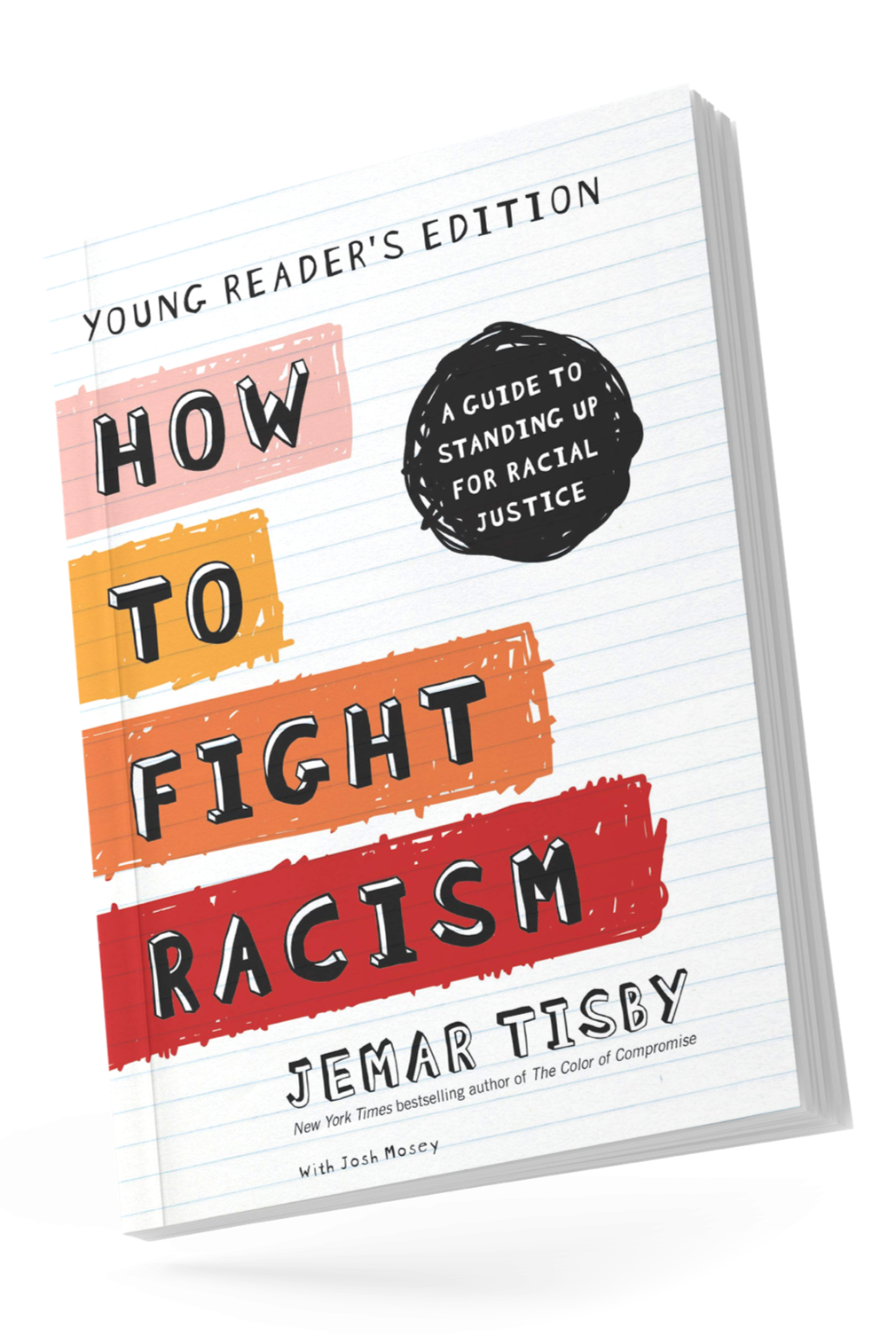THROWBACK: Have You Talked to Your Kids about Racism?
Learn how to get the young people in your life engaged in the fight against racism.
There’s so much more to know about how to talk to kids about race. I’d love to research and share that knowledge with you. It can only happen if I have your support. Please consider becoming a paid subscriber today!
Over the course of the next few weeks, I’m going to be re-releasing a few of my most-read articles. I hope they’re as thought-provoking now as they were when I first wrote them.
While this article addresses back to school season, I would love it if you gifted your kids a copy of How To Fight Racism: Young Readers Edition for Christmas this year. It’s sure to help spark conversations during their holiday break.
Every year around mid-August, adults start getting kids ready for the next school year. Shopping for clothes (how do they grow so fast!), grabbing school supplies (the list gets longer every year), and settling back into routines (how early do I have to wake up now?).
Starting a new school year is also when kids interact more often with their peers, a group that is increasingly racially and ethnically diverse.

Members of “Gen Z”—those born after 1996—are already a kaleidoscope of races and ethnicies. According to Pew Research, just 52 percent of Gen Zers are non-Hispanic white. Hispanics comprise 25 percent of the Gen Z population. African Americans are at 14 percent, Asians are at 6 percent, and all other racial and ethnic groups, including those of two or more races are 4 percent of the Gen Z generation.
When it comes to the racial and ethnic demographics of public schools, 47 percent of all K-12 students were white as of the 2018-2019 school year. Over one quarter, 27 percent, of students were Hispanic. Black students were 15 percent and 5 percent of public school students were Asian.
In this increasingly diverse school system, we shouldn’t expect teachers to do all the work of preparing students to interact across racial and ethnic differences. In fact, teachers may be at a disadvantage to help kids understand race since K-12 teachers are overwhelmingly white.
Data from the National Center for Educational Statistics (NCES) in 2017-2018, indicates that nearly 8-in-10 teachers, 79 percent, were white. Just 7 percent of teachers were Black, 9 percent were Hispanic, and 2 percent were Asian American. Less than 2 percent of teachers were American Indian, Alaskan Native, Pacific Islander, or two or more races.
The report also showed that, “In schools where the majority of students were White, over 90 percent of teachers were White.”
This means white teachers are teaching white students about race in environments where there is little racial or ethnic diversity among the students and faculty. Educating effectively in these environments is not impossible, but it’s a task made more difficult by the lack of meaningful cross-cultural relationships at these schools.
In addition, the context in which teachers find themselves is increasingly hostile to open discussions about racism. Some far-right public officials and local residents have accused public school educators of teaching Critical Race Theory.
In Florida, for instance, officials rejected 41 percent of math textbooks submitted for review because “they incorporate prohibited topics or unsolicited strategies, including CRT.”
Although Critical Race Theory is an academic discipline meant for law school students and not taught in K-12 schools, critics of CRT claim that textbooks and other books are teaching “race essentialism” or that white people are inherently racist because of their skin color.
In this environment, it is imperative that kids acquire the frameworks they need to thoughtfully and sensitively engage with people of different racial and ethnic backgrounds.
Talking about race can be delicate and awkward. How much do you say? What is appropriate at each age? How do you explain racism? How do you leave kids feeling empowered instead of deflated and helpless?
There’s good news. You don’t have to do it alone.
I wrote How to Fight Racism Young Readers Edition to help adults get kids engaged in the struggle for racial justice. It’s ideal for kids 8 years old and up and, honestly, it’s great for high schoolers and adults, too.




After the George Floyd murder, we watched The Color of Comprimise on amazon together as a family. Our boys were 13 and 14 at the time. Since then, race issues have been a part of our daily conversation. I'm going to buy the adult version of How to Fight Racism today!
We’re in a place where we want to help our kids move from just BEING in a minority-white school to being ANTI-RACIST in a minority white school (sry for the shouty caps, I wish there was a way to use italics here 😅). We transferred them out of a charter and into our neighborhood school in ‘20 as one of our first, family anti-racist acts. They’ve been exposed to a lot of Hmong culture and they’ve definitely built bridges they wouldn’t have otherwise. I just want to help them keep moving in that direction. I’m a stay at home white mom, and I’m not nearly as out in the community as my kids are.